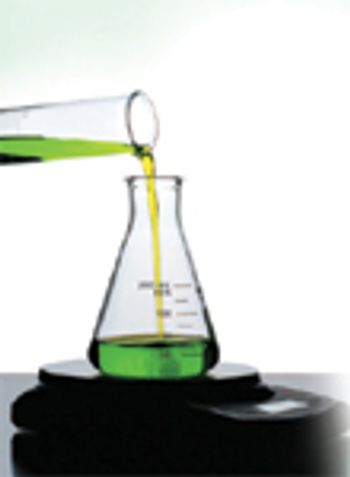
The Column
Click the title above to open The Column March 31, 2015 Europe & Asia issue, Volume 11, Number 5, in an interactive PDF format.

The Column
Click the title above to open The Column March 31, 2015 Europe & Asia issue, Volume 11, Number 5, in an interactive PDF format.

The Column
Click the title above to open The Column March 31, 2015 North American issue, Volume 11, Number 5, in an interactive PDF format.

The Column
Benedetto Natalini of the University of Perugia, Italy, spoke to Bethany Degg of The Column about the driving forces in pharmaceutical analysis, including the importance of regulation, chirality, and miniaturization.

The Column
Incognito continues with his “back to basics” focus. This time is the turn of the analytical balance.

The Column
A guide to simple troubleshooting steps in gas chromatography (GC) with an emphasis on petrochemical analysis.

The Column
This article describes sampling methodology for thermal desorption–gas chromatography (TD–GC) that can extend the compatible analyte range of tests used to determine chemicals released from materials, as well as associated indoor air quality measurements.

The Column
Fish from the Baltic Sea are a major source of lipophilic environmental pollutants for consumers in Finland. Surrounded by land, the Baltic Sea is one of the most threatened marine environments, making fish from the Baltic Sea a major source of lipophilic environmental pollutants including polybrominated diphenyl ethers (PBDEs).

The Column
Paralytic shellfish toxins (PSTs) are naturally occurring toxins produced by some species of microscopic algae that can accumulate in filter feeding shellfish. These toxins are a threat to shellfish aquaculture and pose a serious hazard to public health when ingested. A group of scientists has developed a method using hydrophilic interaction liquid chromatography coupled to ultrahigh?performance LC tandem mass spectrometry (HILIC UHPLC–MS–MS) to determine PSTs in a variety of shellfish species as part of the Safe New Zealand Seafood Research programme.

The Column
Researchers from the California Animal Health and Food Safety Laboratory at the University of California Davis in the USA have developed an ultrahigh-performance liquid chromatography–mass spectrometry (UHPLC–MS) method for the detection of desmethylbromethalin (DMB) residues in animal tissues.